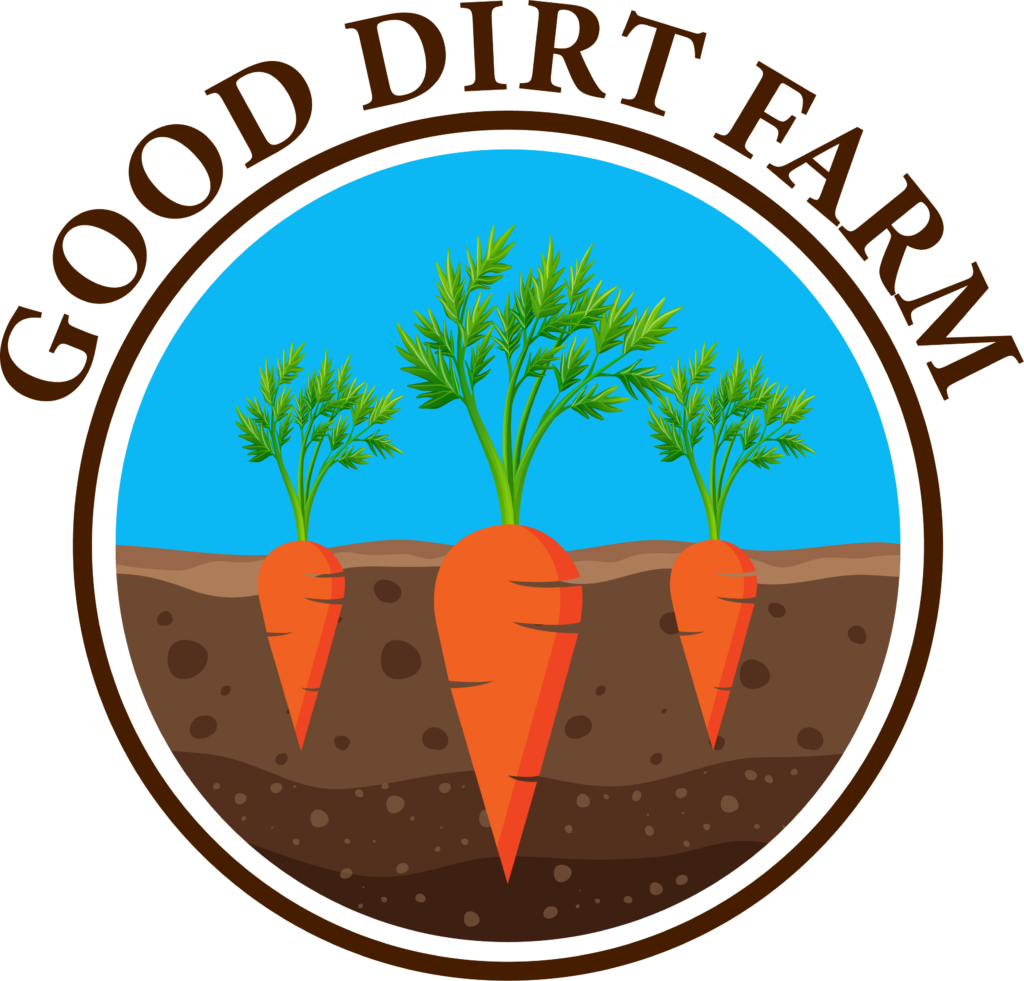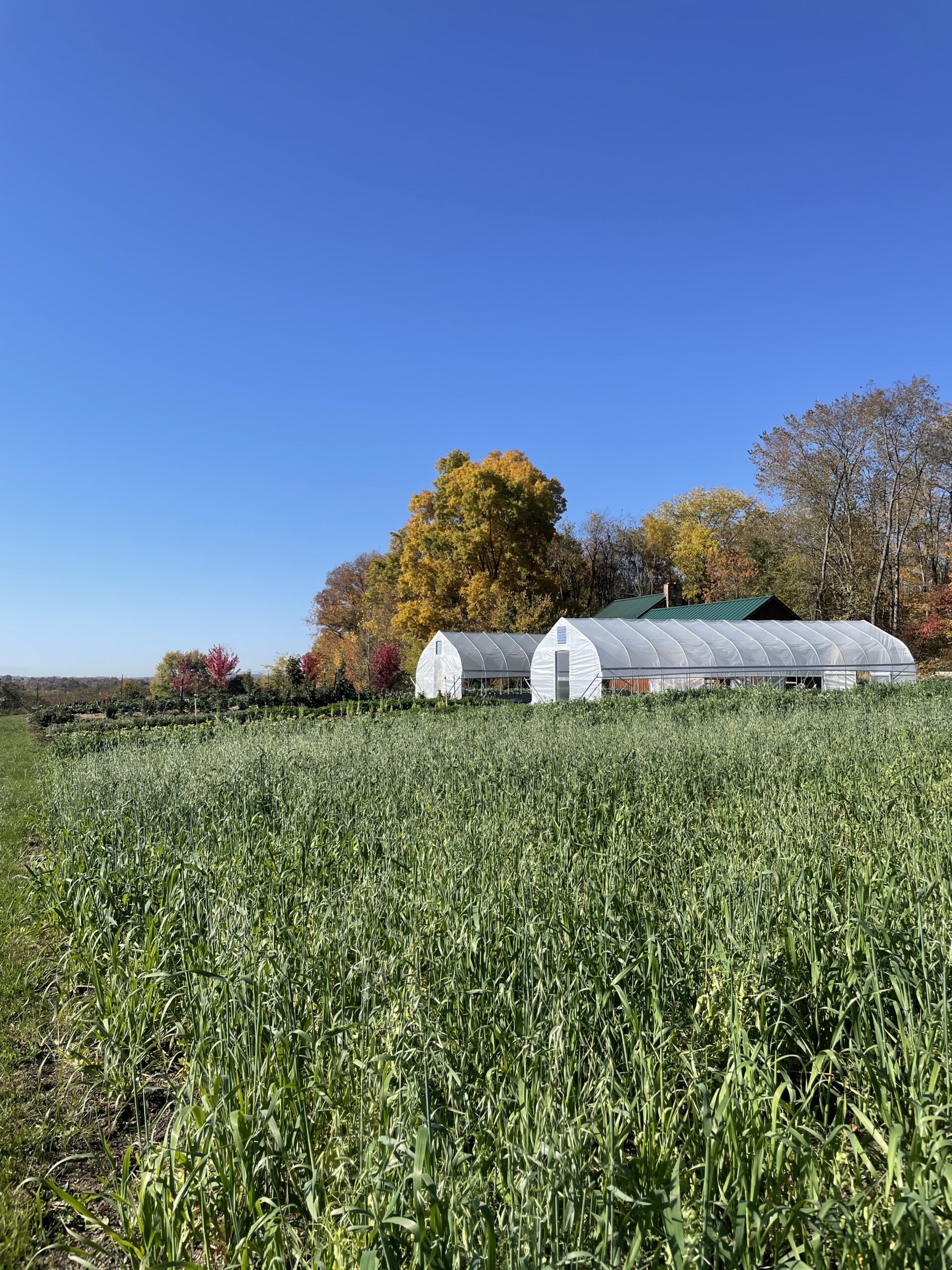With brutally cold temperatures this week, there’s not too much going on at the farm, which gives us time to reflect on long term goals. What might things look like 10 years from now, and what are we doing right now to work towards that goal?
I should emphasize up front that the title of this post is A Ten Year Plan, not The Ten Year Plan. There is no such thing as an absolute in farming, or in running a small business. The truth is that we know very little about what things will be ten years from now. However, there are some really important themes and concepts that we are working toward. Let’s take a moment to daydream!
The Farm Business
There are several long term goals for the business side of the farm. These goals stem mostly from our mission statement, which is to provide people in our community with the freshest, highest quality food.
We believe strongly in having a nutritionally balanced diet, and we want the same for our customers. As we grow our farm, we think less about growing the size and scale and more about optimizing the variety of food we grow. Right now, we are almost entirely a vegetable and herb farm, with minimal fruits and not much else. We’d love to offer a wide assortment of fruit, eggs, legumes, and even meat products. This year, we will be planting around a dozen fruit trees that will come to bear in a few years.
We also hope to have our systems firmly in place and our waste minimized in ten years. Currently, we experiment quite a bit with how we grow, harvest and sell. Over the next several years, we want to find the systems that work best for us, and refine them until they are as efficient and profitable as possible.
Minimizing waste is important as well. Ideally, a regenerative farm is waste-free. The soil grows food, the biproducts are composted, the compost is used to grow food, and so on. Our farm will likely always need some form of inputs (seed starting mix, for example) but we want to reduce those inputs as much as we can. One way we plan to implement this is utilizing the grass field on our farm to its full extent. Mulching more of our beds with hay and composting the grass we cut turns more of our on-farm resources into valuable assets to the business.
We also want to continually eliminate plastic from the farm. Again, we don’t know that we will ever fully eliminate plastic (there’s really only one good way to store fresh greens and cover a high tunnel), but each year we plan to find alternatives to the plastic we currently use.
The Homestead

The farm is much more than a source of income for us, it is also where we get to move forward in our homesteading journey. For myself, self-sufficiency is a strong motivator for getting into farming in the first place, and I want the farm to supply us with as much as possible.
In many ways, the goals of our homestead and farm business align (who wouldn’t want an abundance and diversity of fresh fruit!), but there are several ways in which they diverge. One main example is certain staple crops like wheat, oats, corn, and beans. On our small scale, it is nearly impossible to sell these types of crops for a high enough price to offset the space and effort required to grow them. However, that doesn’t prevent us from growing a small amount for ourselves, and having the harvest and storage equipment to have a supply of staple crops like wheat year-round. Who wouldn’t want to bake a fresh loaf of sourdough from wheat that was grown a few feet away?
To us, the homestead is more than food. We also want to increase our self-reliance on heat, water, and energy. Our woodlot is big enough that we can get some or all of our winter heat from wood burning stoves. We’d love to implement more rain catchment systems that can ultimately be used for irrigation. Solar energy capture could help us go off-grid for our energy needs on the farm. Many of these projects are expensive and time consuming, but slow implementation of systems like this will make our homestead more resilient in the long-term.
Finally, we want our home to be a haven of biodiversity. We hope to plant a diversity of trees on our property to create wildlife habitat and food. Some of our land that is currently a grass field will be converted into wildflower meadow with native pollinators. We may even dig a small pond to catch water and host water-loving flora and fauna. These types of improvements have less to do with our own well-being and more to do with caring for our environment and planet.
Why Even Think So Far Ahead?

As farmers, we are constantly living in some kind of future. Usually, its a future a few months in advance, when the crop that we are sewing or transplanting is expected to harvest and sell. We also often think whole seasons in advance, planning out which of our plots and beds will receive which crops, and whether or not to continue growing certain crops or add new ones.
The timescale of years makes room for more aspects of a farm and homestead, however. Its impossible to think about trees, for example, without anticipating the future years or decades ahead. Some trees, like black walnut for example, won’t even reach maturity within the lifetime of many who plant it.
Having a long-term mindset ultimately makes us better stewards of the land. We would all do well to take moments to daydream of what a more ecological future may look like!

